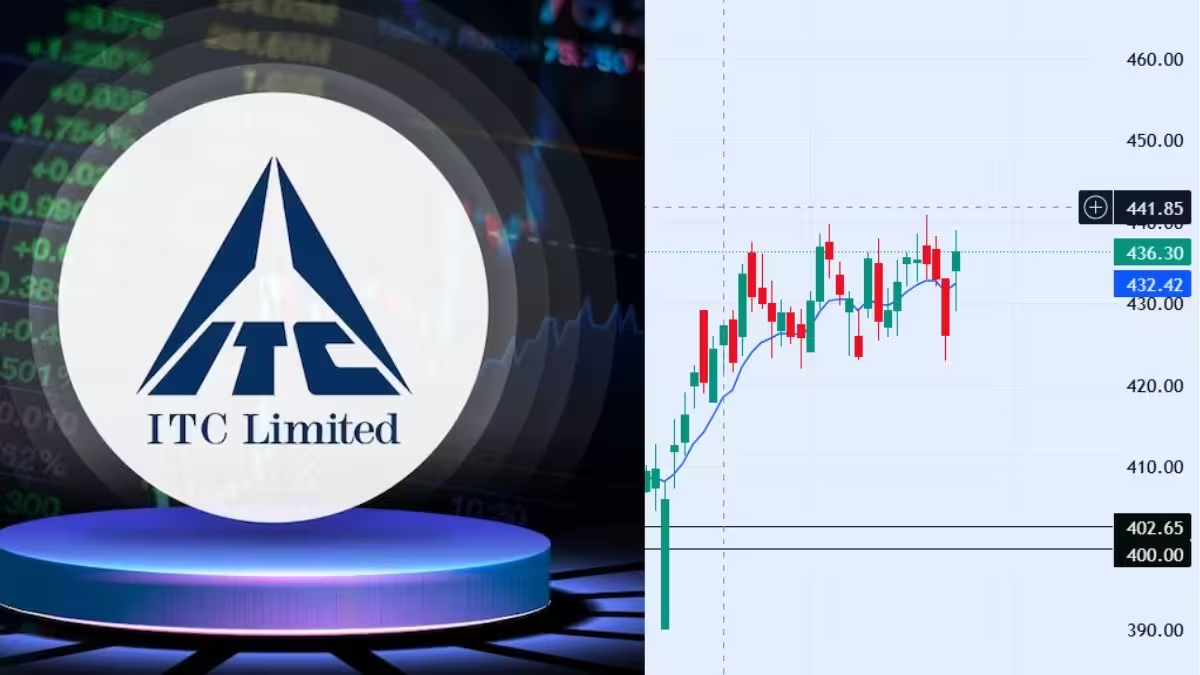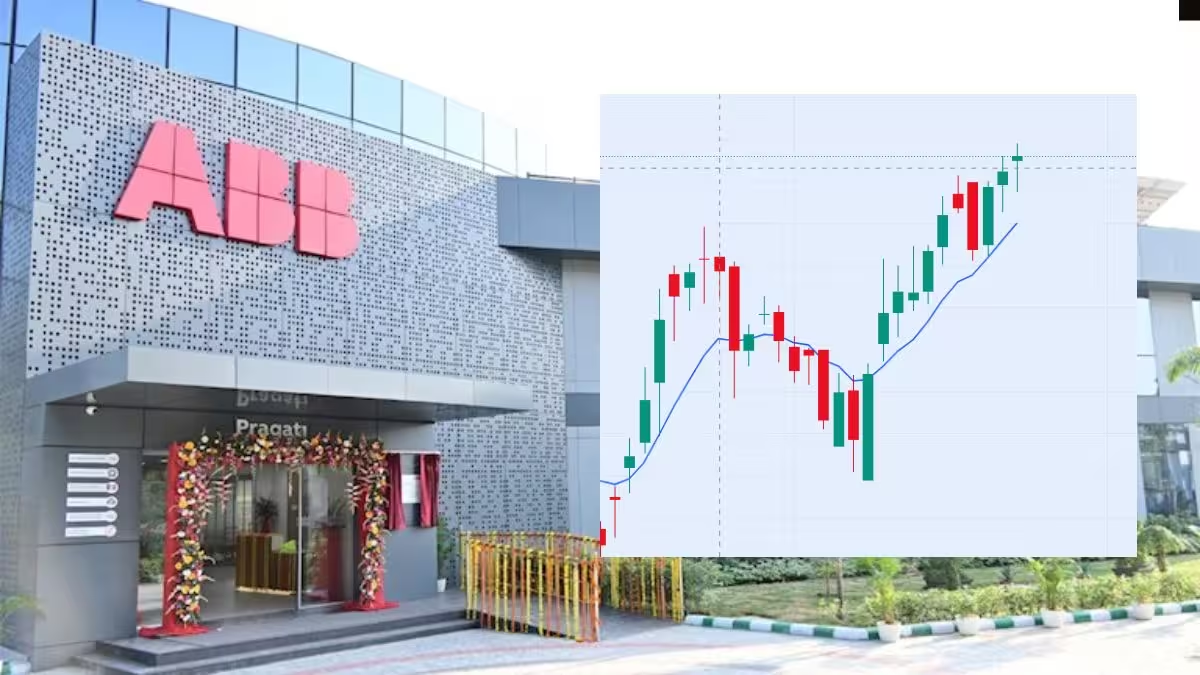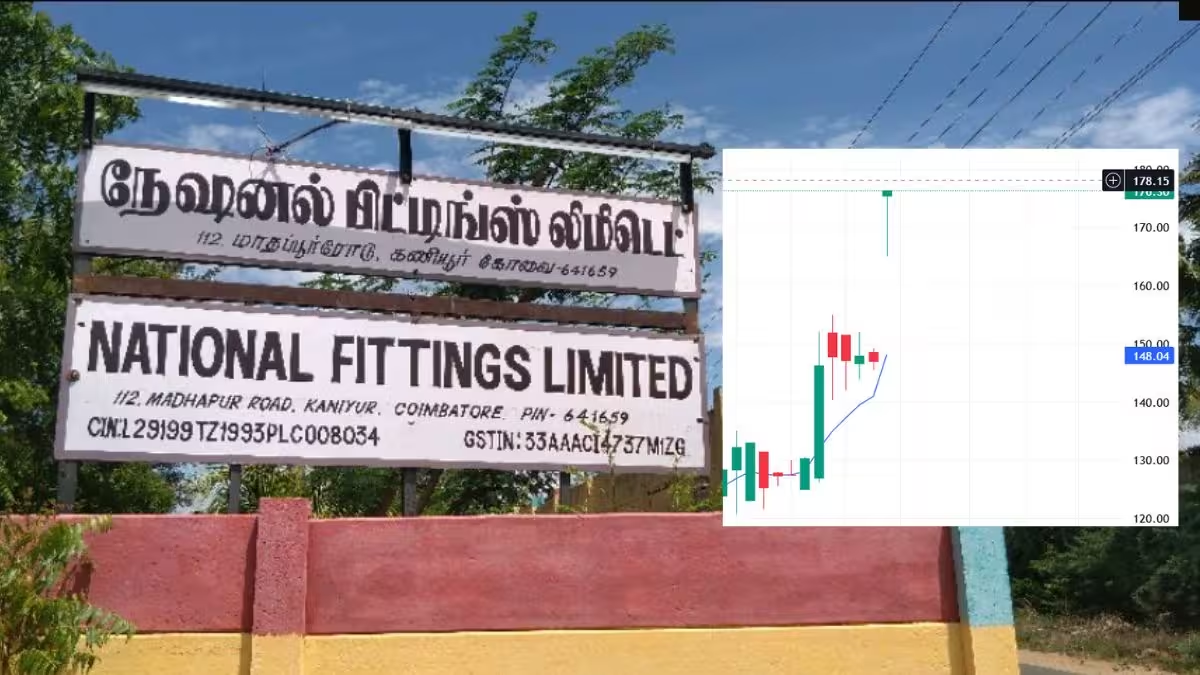In a strategic push towards next-generation connectivity, Union Minister for Communications and IT, Jyotiraditya Scindia, announced that India is set to play a pivotal role in shaping global regulations and standards for 6G technology. Delivering remarks at an international telecom conference in New Delhi, Scindia emphasized the country’s readiness to lead the global dialogue on the evolution of wireless technologies.
“India is no longer a follower but is emerging as a key contributor in defining the trajectory of telecom innovation,” Scindia said, highlighting India’s growing technological footprint.
India at the Forefront of 6G Innovation
With the successful rollout of 5G across major cities and efforts to extend service to rural regions, India is now eyeing 6G technology — expected to be commercially deployed globally by the end of this decade. The central government aims to establish a strategic framework for 6G development, known as the Bharat 6G Vision, which was officially unveiled in March 2023 by Prime Minister Narendra Modi.
The vision document outlines India’s ambitious goals: to create indigenous intellectual property, advance research and development, and collaborate internationally to influence global standards on 6G. The Centre has also established the 6G Technology Innovation Group (TIG), comprising industry experts, academia, researchers, and regulators, to draft a comprehensive implementation strategy.
Scindia underscored the country’s shift from being a telecom consumer market to a key driver in its innovation. “India has already achieved remarkable progress in 5G with one of the fastest rollouts globally. The 6G journey will be even more transformative,” he added.
Strategic Partnerships and Regulatory Framework
As India takes steps to lead the global 6G conversation, partnerships with nations like the United States, Japan, South Korea, and European Union members will be instrumental. These alliances aim to promote cross-border innovation and harmonization of regulatory approaches.
The minister stressed the importance of an inclusive and secure 6G ecosystem, echoing the global call for transparent, resilient digital infrastructure. Scindia noted that shaping the narrative around 6G now will ensure developing economies like India benefit equally from future global networks.
The Telecommunications Standards Development Society of India (TSDSI) has begun active engagement with international bodies, including the International Telecommunication Union (ITU), to ensure India’s presence at the policymaking table.
India’s Telecom Growth in Numbers
According to TRAI (Telecom Regulatory Authority of India), India has over 1.2 billion mobile subscribers, with around 850 million internet users as of early 2024. The adoption of 5G, which began in late 2022, has already crossed the 200 million subscriber mark, showing strong demand for high-speed, high-capacity data services.
The Indian government has earmarked significant funding for telecom research under the Production Linked Incentive (PLI) scheme and Digital Communication Innovation initiatives, aiming to boost local manufacturing and exports of telecom equipment.
Looking Ahead
With digital transformation accelerating across sectors—from healthcare to manufacturing—India’s leadership in 6G development could significantly impact not just its domestic economy but also the future of global telecommunications.
“By investing early in research, spectrum policy, and international collaboration, India will help design a 6G ecosystem that serves all of humanity,” Scindia stated.
As nations prepare for the next wave of connectivity, India’s assertive stance positions it as a global voice in ensuring 6G technology is inclusive, secure, and accessible for all.













